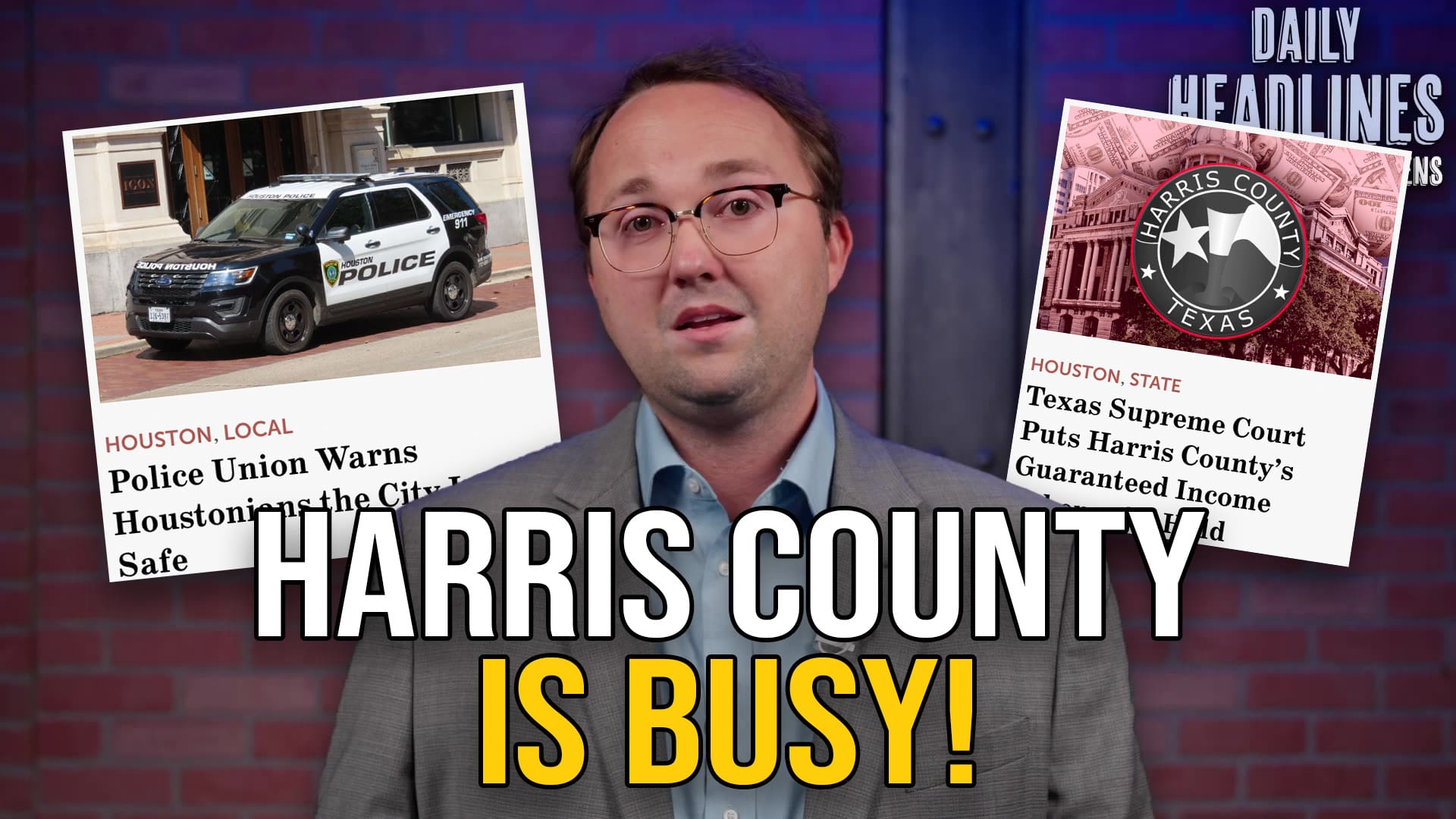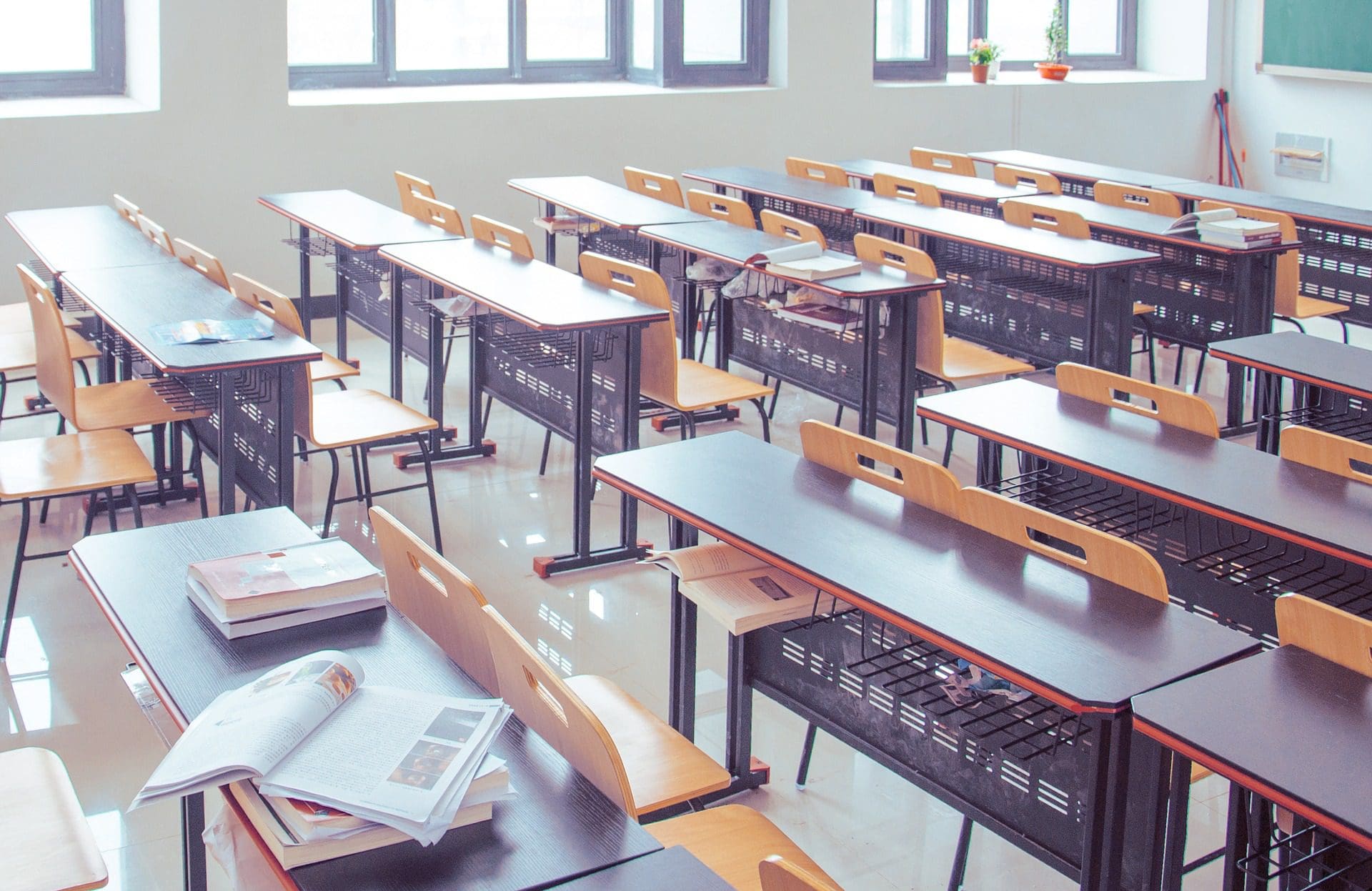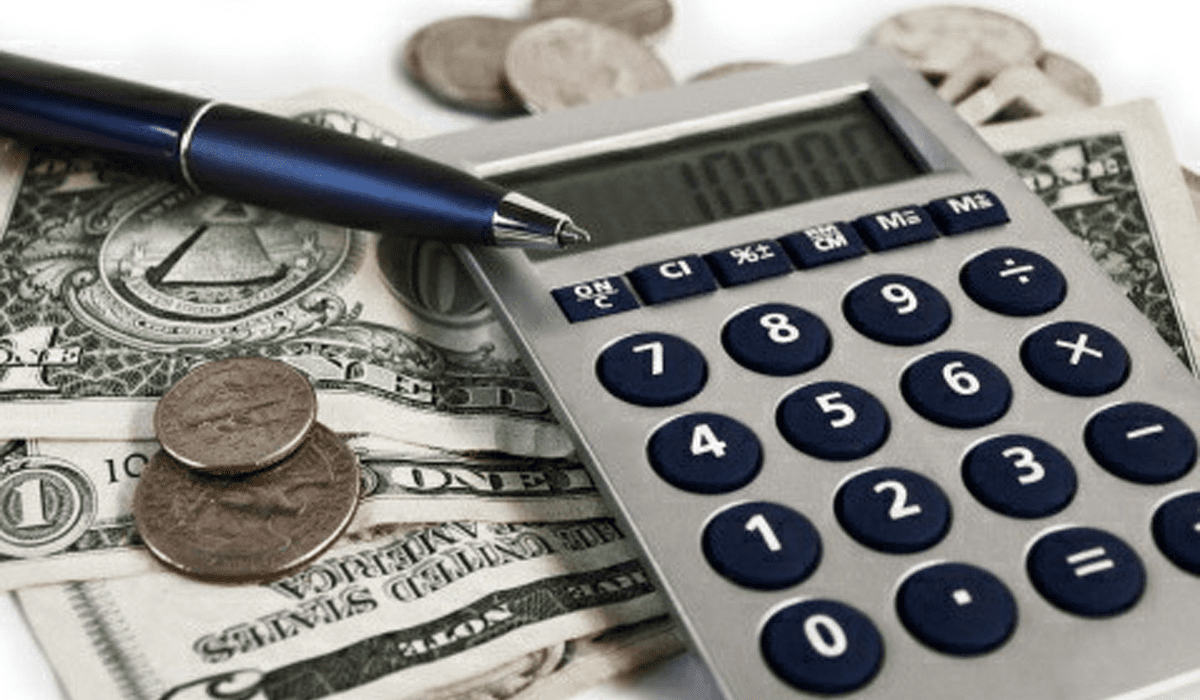In just three years’ time, homeowners in Dripping Springs are paying $1,000 more to their school district—and depending on the results of an upcoming election, that number might get even higher.
As of late, Dripping Springs Independent School District has taken money fast and spent it loose. Not only are they taking $1,000 more from the average homeowner per year than they did just three years ago, but the district has spent even more than they’ve taken in: Last year they spent $2.3 million more than they collected from taxpayers, this year they’re projected to overspend $2.7 million, and according to the district’s budget, “three-year projections indicate the district will continue to face deficit budgets.”
But hold your horses! That’s not even the worst part. The district has also taken out hundreds of millions in bond debt, roping citizens into paying more debt than 98 percent of school districts in the entire state.
Despite all of that, Superintendent Bruce Gearing said they’ll need another a whopping $400 million in just three years from now. How much does that amount actually translate to? If that was added to the current debt, homeowners would have to pony up for a bewildering $100,000 of debt per student.
Which leads to the current school board election. In May, Dripping Springs will elect two new school board members who will be responsible for making all of these financial decisions. Here’s what the four candidates had to say about the disastrous financial situation in an interview with Dripping Springs Century News.
“I do believe administration has managed our financial resources well,” said candidate Marisa Grijalva, a part-time teacher at Baldwin Elementary in Austin. “However, there is always room for improvement.” Grijalva then described how she’d like to see more money go to hiring more teachers.
Candidate Joanna Day was also asked if she thought the district had been good stewards of citizens’ money.
“Yes. Each year, DSISD is asked to do more with less,” she said. “Though tax revenues are increasing, our district doesn’t stand to significantly benefit, given our unprecedented population growth and the amount we pay into recapture (aka Robin Hood).”
Day, an ethics consultant, blamed the state for the spending decisions of Dripping Springs’ school board, though the state’s current socialist scheme for school funding is deservedly terrible.
Candidate Kara Mayfield, a consulting business owner, also told the newspaper the district was doing a good job of stewarding money.
“But there is always room for improvement,” Mayfield said, “including greater transparency and explanation of critical expenses that the community may not understand or may not agree with an expenditure for the district.”
Out of all the candidates, only one—Rob Satterfield—even mentioned the district’s unruly financial reality.
“According to data from the Texas Comptroller, our district—following the passage of the 2018 bond—has more per-student tax-supported debt than 98 percent of school districts in the entire state of Texas,” Satterfield said. “The tax ramifications of additional debt obligations and service should be something that we carefully consider moving forward … debt and spending are what drive school taxes.”
Satterfield, a local pastor, also noted how high those taxes are soaring.
“Currently, annual tax increases are outpacing growth,” he said. “I’m afraid if the current taxing trend continues, our teachers, clergy, fire fighters, and police will not be able to afford to live in the district. In addition, longtime residents may find themselves taxed out of their homes.”
Dripping Springs residents have the power to find out and choose which candidates will truly wrangle the district’s out-of-control finances and hold them accountable to do it. And with the average district homeowner now paying $1,000 more per year out of their pocket and facing even higher bills, they certainly have reason to care about the outcome of this election.
Or residents could decide to not vote and simply wait to see how much higher their new tax bill is next year.
Early voting is currently underway and runs through April 30, with Election Day on May 4.





